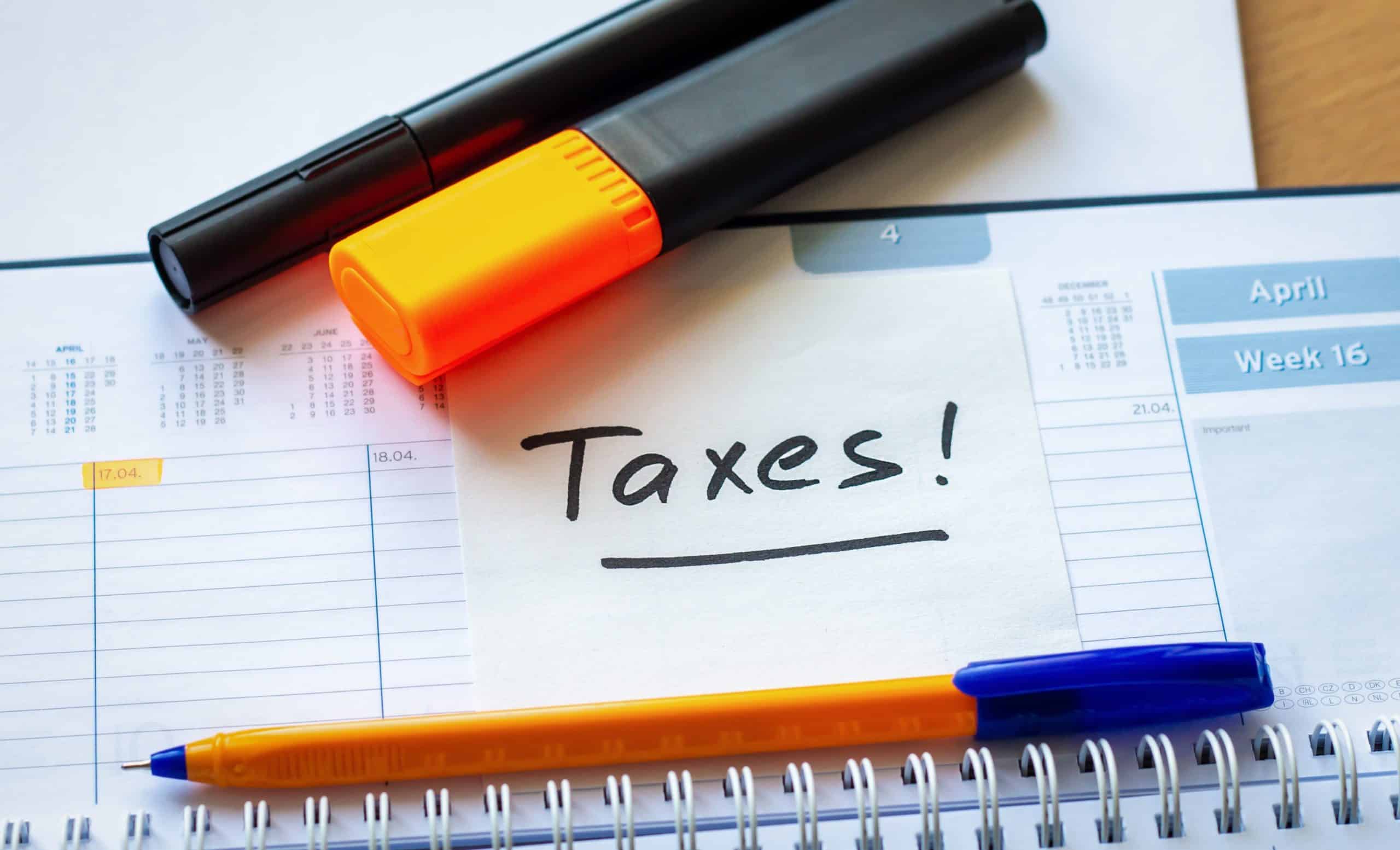Here are the current statutory due dates for tax reporting for the 2022 tax year.
For calendar year tax returns reporting 2022 information that are due in 2023, the following due dates will apply.
| Form | 2023 Tax Filing Due Dates (Tax Year 2022) |
| Form W-2 & 1099 NEC (electronic or mail) | January 31st |
| Form 1099-Misc | February 28th (paper file), March 31st (efile) |
| Form 1065 – Partnerships | March 15th |
| Form 1120-S – S Corporations | March 15th |
| Form 1040 – Individuals | April 18th* |
| FinCEN 114 – FBAR (will be allowed to extend) | April 18th* |
| Form 1041 – Trusts and Estates | April 18th* |
| Form 1120 – C Corporations | April 18th* |
| Form 990 Series – Tax Exempt Organizations | May 15th |
| Form 5500 Series – Employee Benefit Plan | July 31st |
| Form 1065 Extended Return | September 15th |
| Form 1120-S Extended Return | September 15th |
| Form 1041 Extended Return | October 2nd * |
| Form 1120 Extended Return | October 16th * |
| Form 1040 Extended Return | October 16th* |
| FinCEN 114 (Extended with Form 1040) | October 16th * |
| Form 5500 Series Extended Return | October 16th* |
| Form 990 Series Extended Return | November 15th |
*Please note: Some of the above due dates are different from standard filing dates due to holidays or weekends.
For fiscal year filers:
Partnership and S Corporation tax returns will be due the 15th day of the third month after the end of their fiscal tax year.
C Corporation tax returns will be due the 15th day of the fourth month after the end of their fiscal tax year. A special rule to defer the due date change for C Corporations with fiscal years that end on June 30th defers this change until December 31, 2025.
Employee Benefit Plan tax returns are due the last day of the seventh month after the plan year ends.
It is important to confirm when tax returns are due for all states in which taxpayers operate, because individual states may not conform to the Federal filing dates.
Estimated Tax Payment Due Dates
Our tax system is a “pay as you go” system, meaning that taxpayers are expected to pay in tax, on at least quarterly basis, for the income they have earned. If there is adequate withholding by employers, then this can be a seamless process. Some taxpayers, especially those with dual
incomes, fluctuating income, significant passive income, those who are high earners or self- employed, may find themselves under-withheld at tax time. In addition to a significant tax bill, these taxpayers may also find themselves with an underpayment penalty if estimated payments have not been made.
The due dates for estimated tax payments for 2023 individual tax filers are listed below.
| Estimated Tax Payments | Estimated Payment Due Date |
| 1st Quarter | April 15th (4/18/2022 for 2023 1Q) |
| 2nd Quarter | June 15th |
| 3rd Quarter | September 15th |
| 4th Quarter | January 15th of the next year |
If you have any questions about these due dates and the impact on your tax filings, please contact one of our qualified tax professionals.
Written by Erin Kidd, EA, AFC®, MBA


